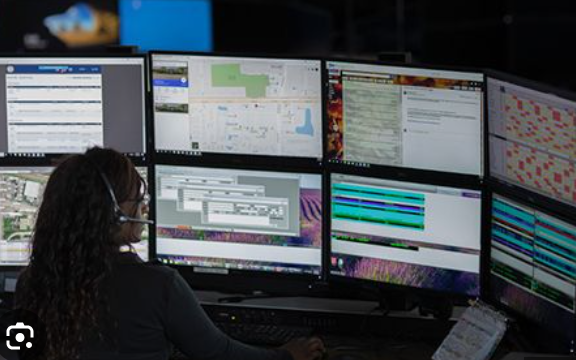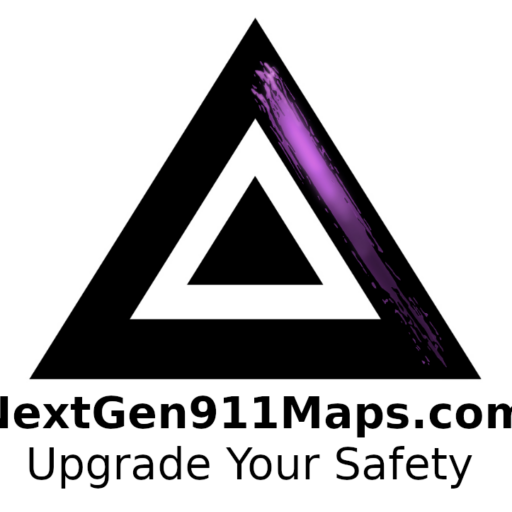
**Computer-Aided Dispatch (CAD)** systems are crucial in managing emergency response operations. They provide dispatchers with tools to prioritize and manage calls, track responder locations, and record incident details. **CAD-to-CAD** integration refers to the direct linking of separate CAD systems between different Public Safety Answering Points (PSAPs) and emergency service agencies, such as law enforcement (LE) and fire departments.
### The Importance of CAD-to-CAD Integration
1. **Seamless Communication**: CAD-to-CAD integration ensures real-time data sharing between different emergency response agencies. This facilitates faster and more coordinated responses to incidents, as information is transmitted instantly and accurately.
2. **Enhanced Situational Awareness**: By connecting CAD systems, all involved agencies have access to the same information. This shared situational awareness helps responders to better understand the context of an emergency, leading to more effective decision-making.
3. **Resource Optimization**: CAD-to-CAD integration allows dispatchers to see the availability and location of resources from different agencies, enabling the optimal deployment of units. This reduces response times and improves the overall efficiency of emergency operations.
How CAD-to-CAD Integration Works
When a 911 call is received at a PSAP, the information is entered into the CAD system. With CAD-to-CAD integration, this information is automatically shared with the CAD systems of other relevant agencies. For example, if a fire breaks out, the PSAP’s CAD system can immediately alert the fire department’s CAD system, which then dispatches fire units without delay.
Benefits for Law Enforcement and Fire Departments
– **Law Enforcement**: CAD-to-CAD integration allows police departments to receive immediate updates from PSAPs and other agencies, ensuring a coordinated response to incidents such as active shooter situations or large-scale public disturbances.
– **Fire Departments**: Firefighters benefit from instant access to incident details, hydrant locations, building layouts, and other critical information shared through integrated CAD systems. This information is crucial for managing fire scenes efficiently and safely.
CAD-to-CAD integration represents a significant advancement in emergency response technology. By linking the CAD systems of PSAPs and various emergency services, this integration promotes faster, more coordinated, and efficient responses to emergencies, ultimately enhancing public safety and saving lives.
